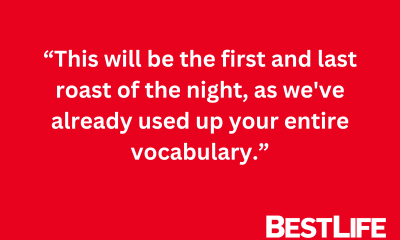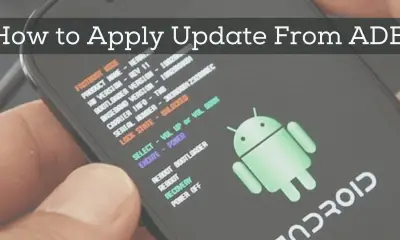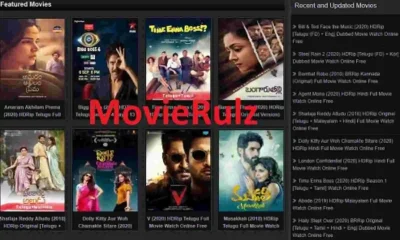Guides
Savage Roasts: How to Roast People with Wit and Confidence
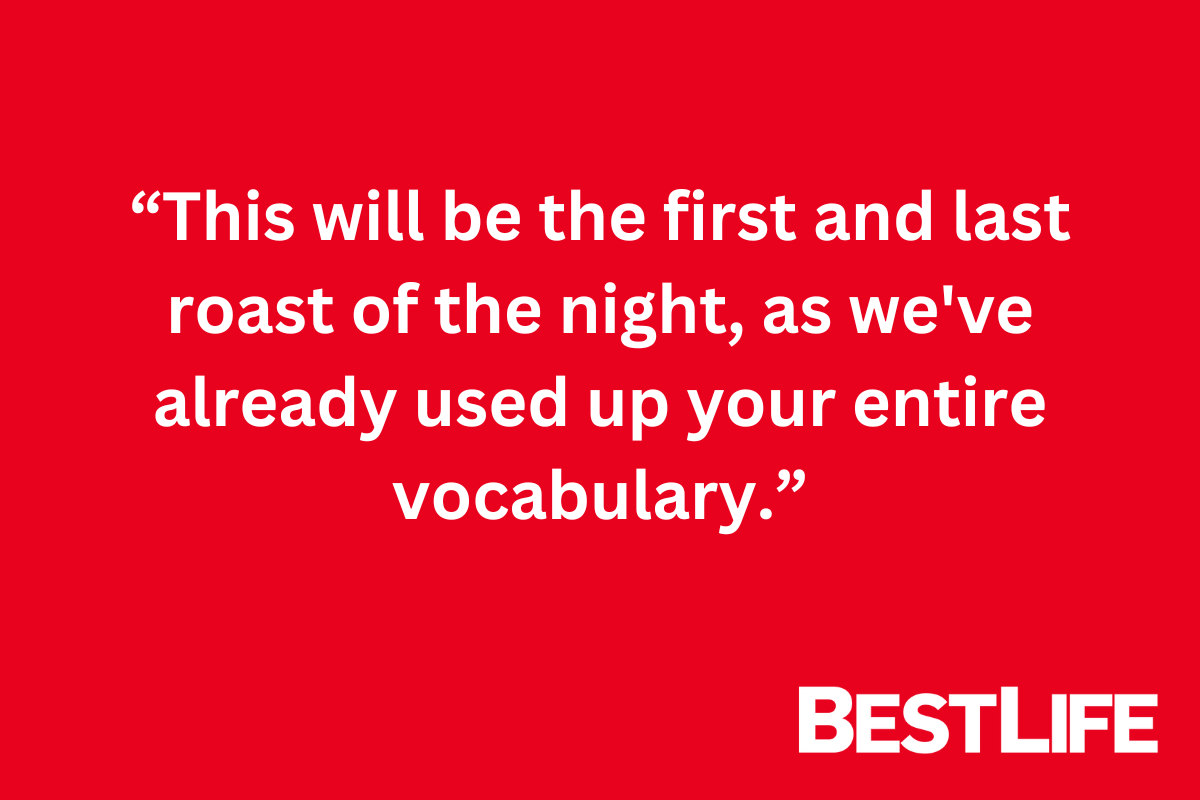
Introduction
The art of roasting has become a staple of modern humor. From comedy stages to group chats, a “savage roast” is a witty, clever insult that lands hard enough to sting—but in a way that entertains rather than harms. The best roasts balance sharpness and playfulness, drawing laughter from both the target and the audience.
But roasting is not just about throwing out random insults. It’s a social skill that requires timing, intelligence, creativity, and above all, respect. Done right, a roast can strengthen friendships, break the ice, or turn a dull moment into laughter. Done wrong, it can damage relationships or make you look cruel.
In this article, we’ll explore what makes a roast “savage,” how to craft one step by step, tips for different social settings, common mistakes to avoid, and examples you can learn from. By the end, you’ll know how to roast with confidence, wit, and style.
What Is a Savage Roast?
A savage roast is a quick, sharp remark that humorously points out someone’s flaw, habit, or personality trait in a way that’s exaggerated, surprising, and clever. It’s called “savage” because of its boldness, but the intent should always be playful, not malicious.
Key traits of a savage roast include:
-
Wit – It’s clever, not just mean.
-
Relevance – It relates to something true or well-known about the person.
-
Timing – Delivered at the perfect moment for maximum effect.
-
Playfulness – It makes people laugh instead of feeling attacked.
Think of it as a mix between banter and comedy. The best roasts come from noticing details others overlook and spinning them into jokes that feel fresh and original.
Why People Roast
Roasting isn’t just about humor; it plays a role in social bonding and self-expression.
-
Friendship & camaraderie: Shared laughter builds trust. Roasting shows familiarity and closeness.
-
Confidence & wit: A sharp roast demonstrates quick thinking and strong communication skills.
-
Entertainment: Whether on stage, in class, or online, roasting is a form of performance.
-
Stress relief: Humor often lightens tense situations.
Of course, this power can cut both ways. That’s why roasting wisely is just as important as roasting savagely.
How to Craft the Perfect Savage Roast
Here’s a step-by-step guide to creating roasts that land:
1. Know Your Audience
The number one rule: roast people who are okay with it. Friends and peers who enjoy humor are fair game, but avoid roasting someone who might feel picked on. Always read the room.
2. Identify Key Traits
Make a list of quirks, habits, or common sayings the person is known for. It could be the way they dress, something they always do, or even their taste in music.
3. Exaggerate the Truth
Roasts work because they stretch reality to ridiculous levels. If your friend is always late, you could say, “You’re proof time travel exists—since you’re never in the present.”
4. Use Comparisons
Funny analogies are powerful. For example, “You’re like Wi-Fi—everyone hates when you show up weak.”
5. Keep It Short
Long roasts lose impact. The best ones are quick, sharp, and memorable.
6. Avoid Low Blows
Never roast about personal trauma, appearance insecurities, or anything deeply private. A roast should spark laughter, not pain.
7. Deliver with Confidence
The delivery matters as much as the words. A calm, casual tone hits harder than over-explaining or laughing at your own joke.
8. Be Ready for a Comeback
Roasting is often a two-way street. If you roast someone, expect to get roasted back—and accept it with humor.
9. Try Self-Roasting
Making fun of yourself can disarm people and show that you’re not above being teased. It also balances the energy if you’re roasting others.
Examples of Savage Roasts
Here are different roast styles and examples you can adapt:
-
Classic one-liners
-
“You bring everyone joy… when you leave the room.”
-
“You’re like a cloud—when you disappear, it’s a beautiful day.”
-
-
Comparisons
-
“You’re like a phone battery—always draining at the worst times.”
-
“Talking to you is like downloading a file on dial-up—painfully slow.”
-
-
Playfully savage
-
“Don’t worry, your secrets are safe with me. I never listen when you talk anyway.”
-
“You remind me of a software update—unnecessary and always at the wrong time.”
-
-
Friendly jabs
-
“You’re living proof that mistakes can be successful.”
-
“You’re like a cloud storage service—expensive and always full of useless stuff.”
-
These work because they’re funny, relatable, and sting without crossing the line.
Where Roasting Works Best
Among Friends
Inside jokes and shared history make roasting natural. Just ensure everyone’s laughing.
Social Media
Online roasts spread fast, so avoid being cruel. Keep it witty, not harmful.
At Work
Roast lightly. Stick to playful topics like coffee habits or meeting lateness.
Comedy Settings
Professional roasts go harder, but even then, cleverness wins over cruelty.
Mistakes to Avoid
-
Targeting sensitive topics like weight, family, or personal struggles.
-
Over-explaining—a roast should hit fast.
-
Overusing roasts—constant roasting feels like bullying.
-
Ignoring the vibe—if people aren’t laughing, stop.
-
Forgetting self-awareness—be ready to laugh at yourself too.
Read More: What Is Adultwork & How Does It Really Work?
Conclusion
A savage roast is more than just an insult—it’s an art form. At its best, it strengthens friendships, creates laughter, and shows off sharp wit. At its worst, it crosses into cruelty and damages relationships. The difference lies in balance: cleverness, timing, and respect.
Mastering roasts requires awareness of your audience, creativity in your wording, and confidence in delivery. By exaggerating traits, using playful comparisons, and keeping things short, you can land the perfect burn without causing harm.
Remember, roasting is about connection, not destruction. If both you and your audience are laughing, you’ve succeeded. But if you sense discomfort, it’s always better to pull back. Humor should lift the room, not darken it.
So next time the opportunity arises, step up with confidence, drop a witty one-liner, and enjoy the laughter that follows. That’s the true power of a savage roast.
FAQs
1. How do I roast someone without hurting them?
Stick to lighthearted jokes, avoid insecurities, and make sure the person enjoys playful banter.
2. What makes a roast “savage”?
It’s savage when it’s bold, clever, and stings just enough to be funny—without being cruel.
3. Is roasting the same as bullying?
No. Roasting is playful and consensual; bullying is targeted and harmful. The key difference is intent and audience reaction.
4. Can roasting improve my social skills?
Yes. Roasting sharpens wit, timing, and confidence, which helps in conversations and public speaking.
5. What’s the best way to respond to being roasted?
Laugh along, roast back if you can, or use self-deprecating humor. Showing you can take a joke makes you more likable.
-

 Gadgets2 years ago
Gadgets2 years agoDoes Nest Thermostats Contain Cameras Or Microphones? Is It Safe For you?
-

 Guides1 year ago
Guides1 year ago10 Best Apps To Control All Your Smart Home Devices.
-

 Gadgets2 years ago
Gadgets2 years agoWhat Is The Purpose Of Red Button On The SimpliSafe Keypad?
-
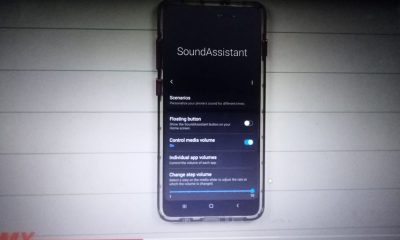
 Gadgets2 years ago
Gadgets2 years agoComplete Guide About Equalizer settings for Samsung-Soundbar
-

 Accessories2 years ago
Accessories2 years agoBlink Camera’s Temperature Sensor Settings, and More
-

 Solutions3 years ago
Solutions3 years agoWhy is My Samsung TV Picture So Dark? Exploring the Possible Causes
-

 Gadgets3 years ago
Gadgets3 years agoFitbit Symbols Meaning: What Do The Fitbit Icons Mean?
-

 Accessories2 years ago
Accessories2 years agoCan Siri Control Samsung Televisions And Are Samsung TVs Homekit Compliant?




